Discover 11 hidden attractions, cool sights, and unusual things to do in Peekskill (United States). Don't miss out on these must-see attractions: St. Peter's Episcopal Church, Peekskill Presbyterian Church, and Lincoln Depot Museum. Also, be sure to include Hudson Valley Center for Contemporary Art in your itinerary.
Below, you can find the list of the most amazing places you should visit in Peekskill (New York).
Table of Contents
St. Peter's Episcopal Church
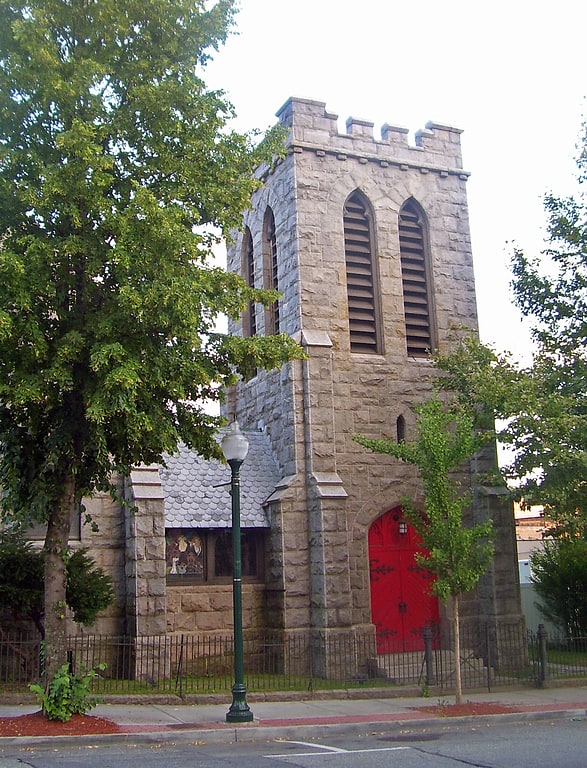
Episcopal church in Peekskill, New York. St. Peter's Episcopal Church of Peekskill, New York, United States, is located on the north edge of the city's downtown. It is a three-building complex of stone Late Gothic Revival buildings on a half-acre dating to the late 19th century and added onto at successive later dates.
The church itself was established in nearby Van Cortlandtville before the American Revolution as Old St. Peter's Church. Its current home is the third building on the site, designed by architect Richard M. Upjohn in an architectural style recalling the churches styled after English country parish churches his father had designed early in his career. In 2003 it was listed on the National Register of Historic Places.[1]
Address: 137 N Division St, 10566 Peekskill
Peekskill Presbyterian Church
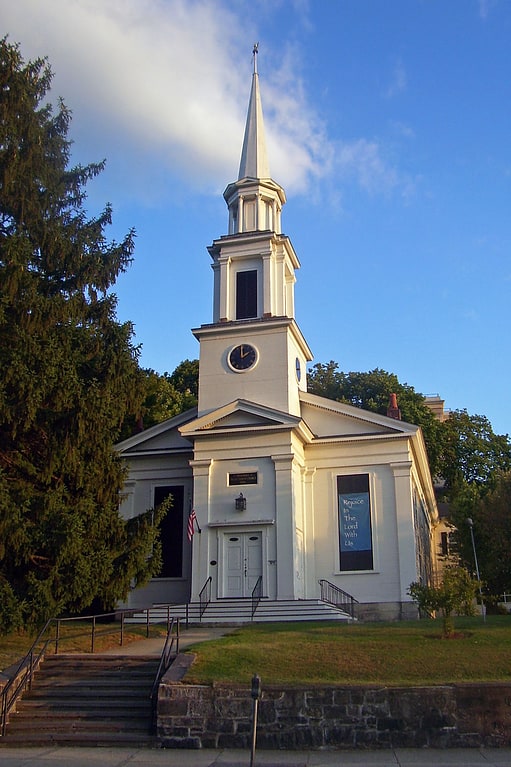
Building in Peekskill, New York. The Peekskill Presbyterian Church is a historic Greek Revival-style church located in Peekskill, New York, United States. It was built in 1846 and was twice the size of the original sanctuary which the congregation, dating to 1799 but formally incorporated in 1826, had outgrown.
It has been renovated and expanded over the years, but retains much of its original design. The church's bell is the original bell used in the late 18th century. In 2002 it was listed on the National Register of Historic Places, along with some of the other buildings on the property.[2]
Address: 705 South St, 10566 Peekskill
Lincoln Depot Museum
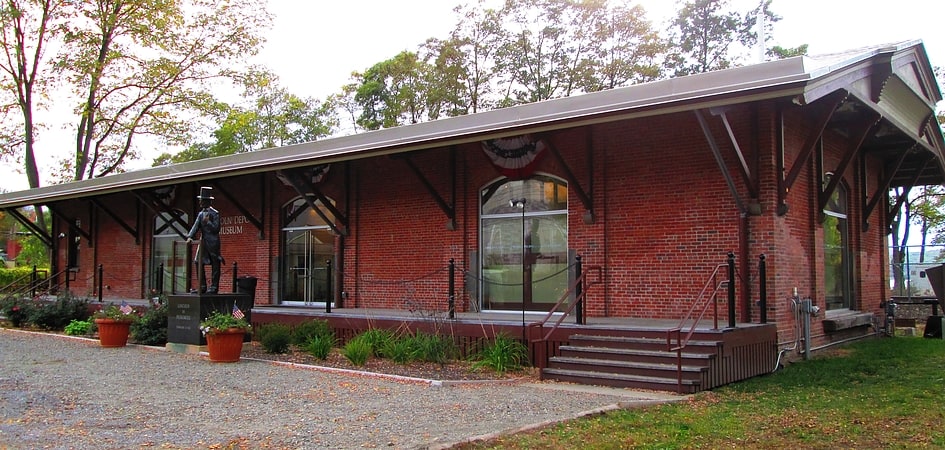
Museum in Peekskill, New York. The Lincoln Depot Museum is located at 41 South Water Street in Peekskill, New York inside the Peekskill Freight Depot. The Museum is managed by the Lincoln Depot Foundation, whose mission is to preserve the history of the connection between Abraham Lincoln and Peekskill. It opened to the public on October 18, 2014.[3]
Hudson Valley Center for Contemporary Art
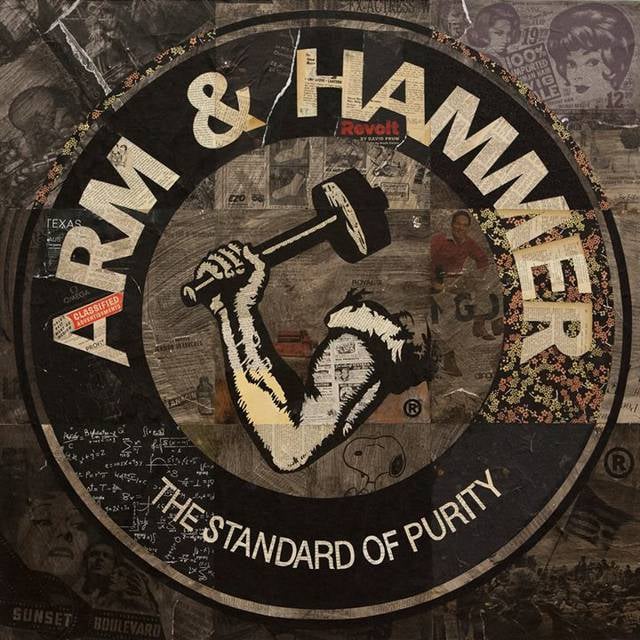
Art museum, Art gallery, Museum
Address: 1701 Main St, 10566 Peekskill
United States Post Office
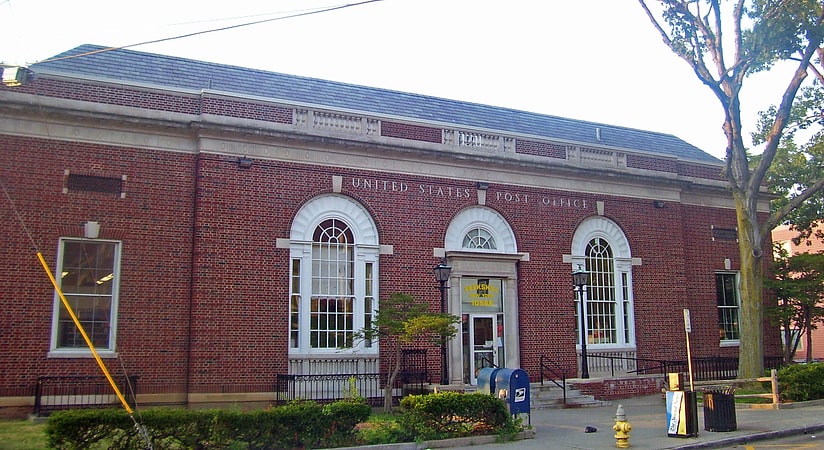
Building in Peekskill, New York. The United States Post Office in Peekskill, New York, is located on South Street. It is a brick building in the Colonial Revival architectural style, serving the 10566 ZIP Code, which covers the city of Peekskill and some surrounding areas in the town of Cortlandt.
It was built in the early years of the Great Depression as an economic stimulus. The neoclassic arch-headed windows on its front facade are unusual on a post office in New York built prior to the Franklin D. Roosevelt administration. In 1989 it was added to the National Register of Historic Places.[4]
The Field Library
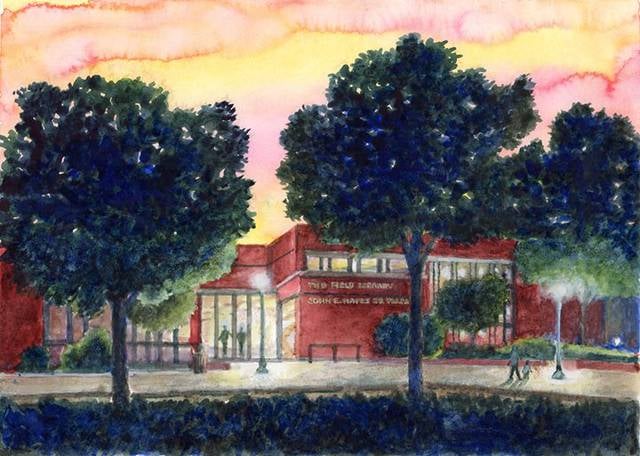
Library
Address: 4 Nelson Ave, 10566 Peekskill
Thomas Nelson House
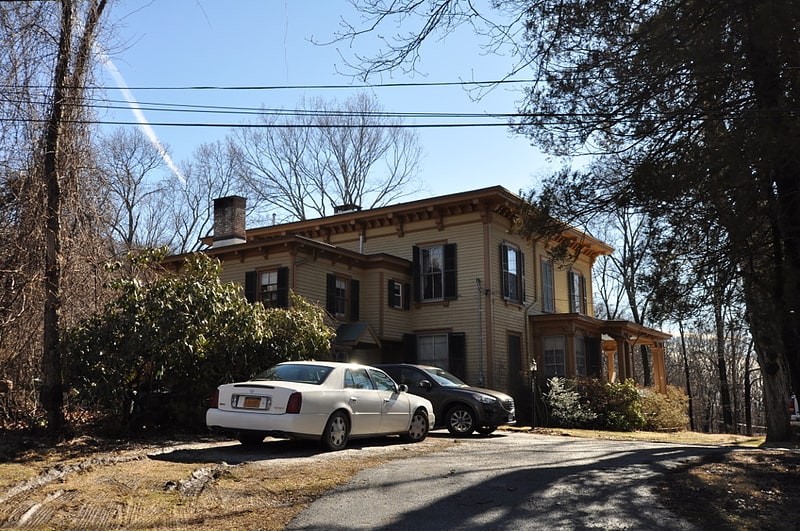
Thomas Nelson House is a historic home located at Peekskill, Westchester County, New York. It was built about 1860 and is a two-story, frame dwelling with a slightly hipped roof in the Italianate style. It has a two-story rear wing. It is clad in clapboard and sits on a stone and brick foundation. It features a one-story, open front porch with scrolled brackets, paired posts, and bracketed eaves. Also on the property is a contributing well house.
It was added to the National Register of Historic Places in 2001.[5]
Villa Loretto
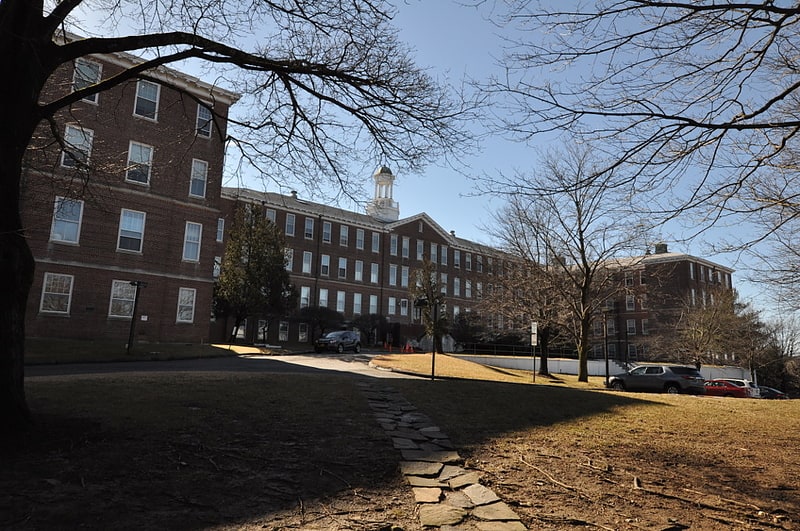
Building. Villa Loretto is a historic institutional building located at Peekskill, Westchester County, New York. It was built in 1928 by the Sisters of the Good Shepherd for the housing and treatment of young delinquent women. It is a three to four story, "H" shaped brick building containing more than 175,000 square feet. The facility closed in June 1975. It has been converted to condominium residences known as Villa at the Woods.
The property was added to the National Register of Historic Places in 1989.[6]
Peekskill meteorite
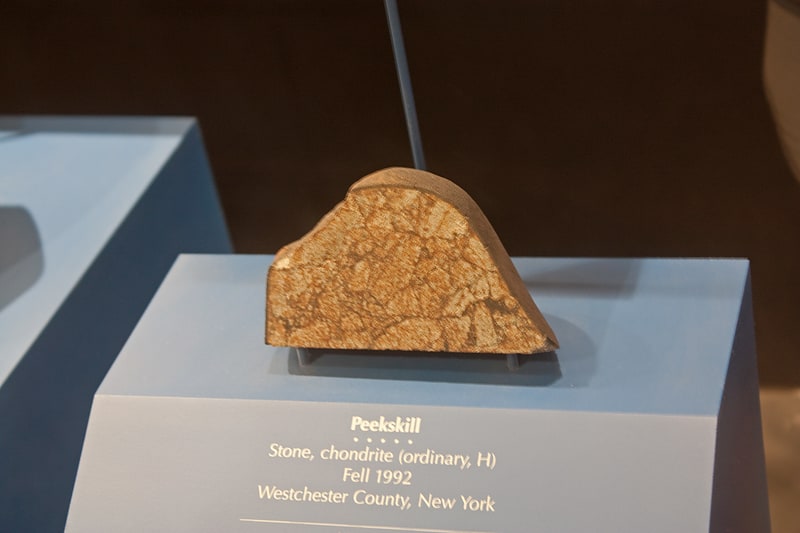
The Peekskill meteorite is among the most historic meteorite events on record. Sixteen separate video recordings document the meteorite burning through the Earth's atmosphere in October 1992, whereupon it struck a parked car in Peekskill, New York, United States. The Peekskill meteorite is an H6 monomict breccia; its filigreed texture is the result of the shocking and heating following the impact of two asteroids in outer space. The meteorite is of the stony variety and approximately 20% of its mass is tiny flakes of nickel-iron. When it struck Earth, the meteorite weighed 27.7 pounds and measured one foot in diameter. The Peekskill meteorite is estimated to be 4.4 billion years old.[7]
Peekskill Downtown Historic District
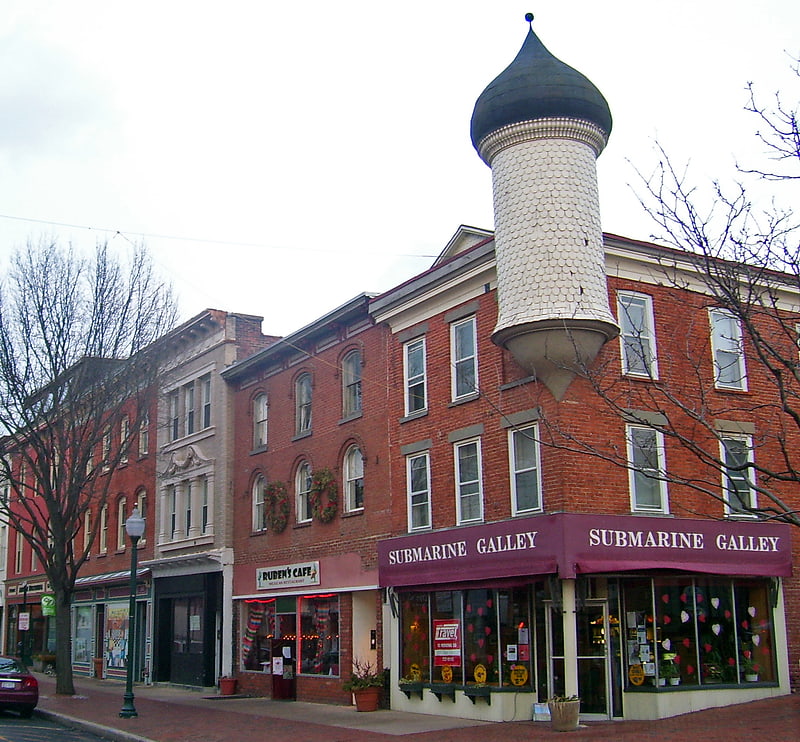
The Peekskill Downtown Historic District is a historic district located in the downtown section of Peekskill in the U.S. state of New York. It includes the 40 acres along Main, Division, South, Park, Bank, Brown, First and Esther streets, and Central and Union avenues, near where those streets intersect. There are 150 buildings and one object counted among its contributing resources.
Peekskill, originally a settlement along the shore of the Hudson River where farmers from inland Westchester County brought produce for transshipment to markets in New York City and elsewhere, began to grow inland in the early 19th century due to the intersection of two major roads that roughly corresponds to today's Central and Division streets. The Albany Post Road, followed later by US 9 until its relocation to the Croton Expressway closer to the river, and the Danbury Turnpike, still followed by US 202 (and, in the western part of the city and district, US 6 and NY 35). Two houses in the district, in a typical Hudson Valley vernacular style, remain from this era.
Industrialization began changing downtown after 1830, with brick buildings supporting that use replacing older wooden ones along Magregere's Creek. Many of the district's churches were built by the mid-19th century. Fashionable houses, later known as "Doctor's Row", were built on Main Street. In the 1880s the Moorish Revival tower was built on a structure in the center of town that has remained a landmark for passing travelers ever since. Other late Victorian styles made their mark as well.
In the 20th century, some more buildings were added in more modern contemporary styles, and the increasing use of the automobile affected downtown as well. The decline of retail shopping in the district led to urban renewal efforts in the 1960s and 70s. While some historic buildings were razed, the major urban renewal projects coincided with the eastern boundary of the downtown core, sparing most of it. The district was recognized and added to the National Register of Historic Places in 2004 as a rare example of intact 19th-century Hudson Valley downtown architecture.[8]
Nelson Avenue–Fort Hill Historic District
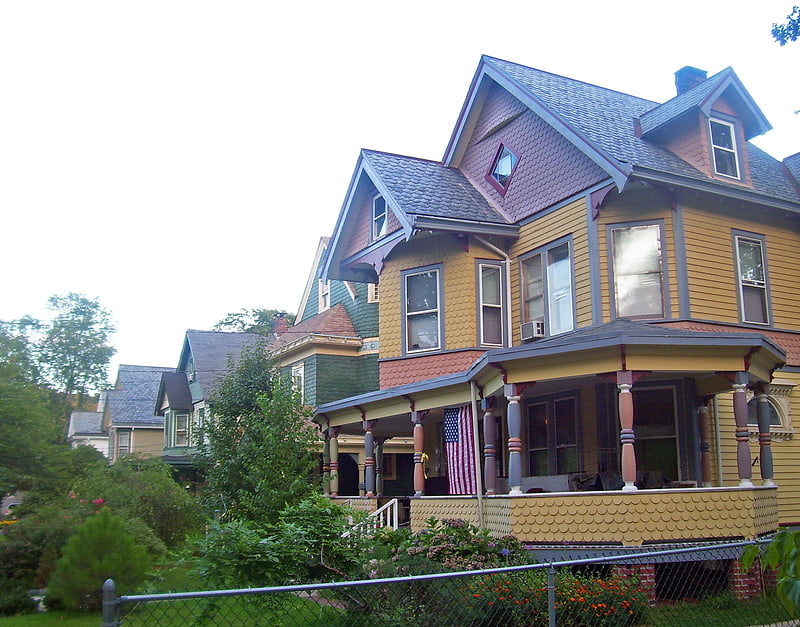
The Nelson Avenue–Fort Hill Historic District is a residential neighborhood in northwestern Peekskill, Westchester County, New York, United States. It encompasses 195 contributing buildings, 3 contributing sites, and 1 contributing object and contains many late 19th-century homes in relatively intact condition.
It was listed on the National Register of Historic Places in 2006.[9]